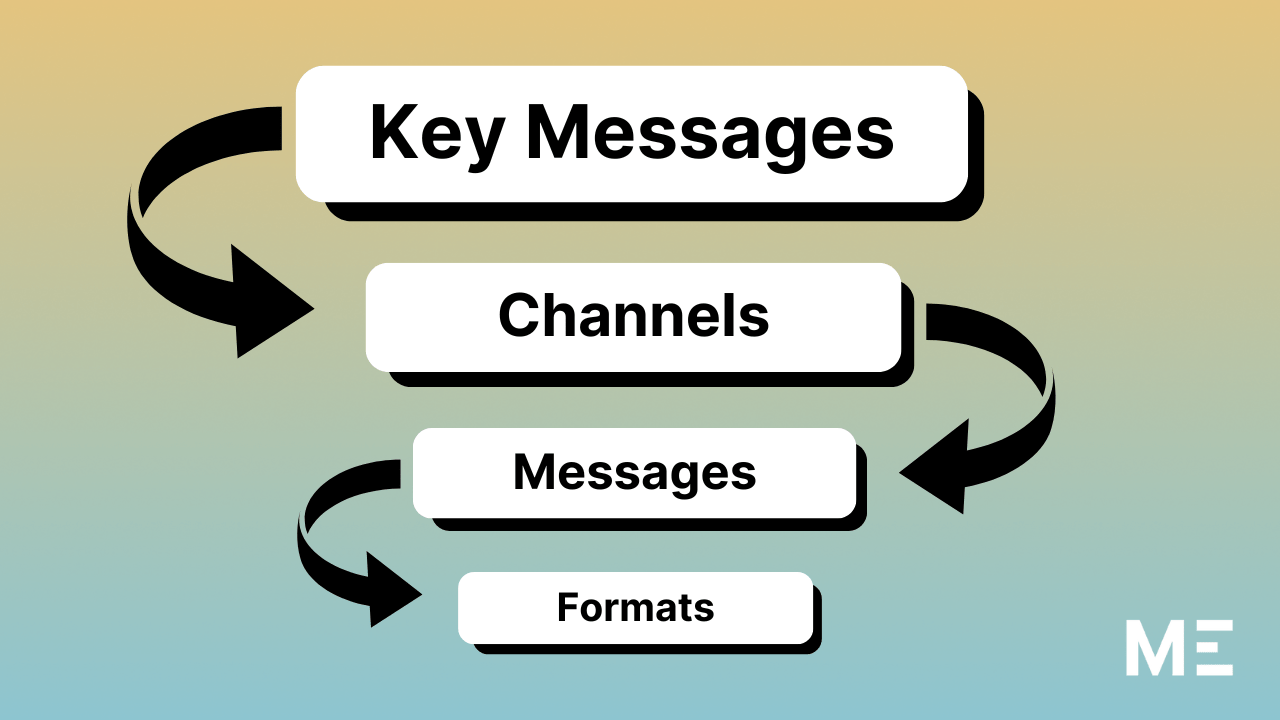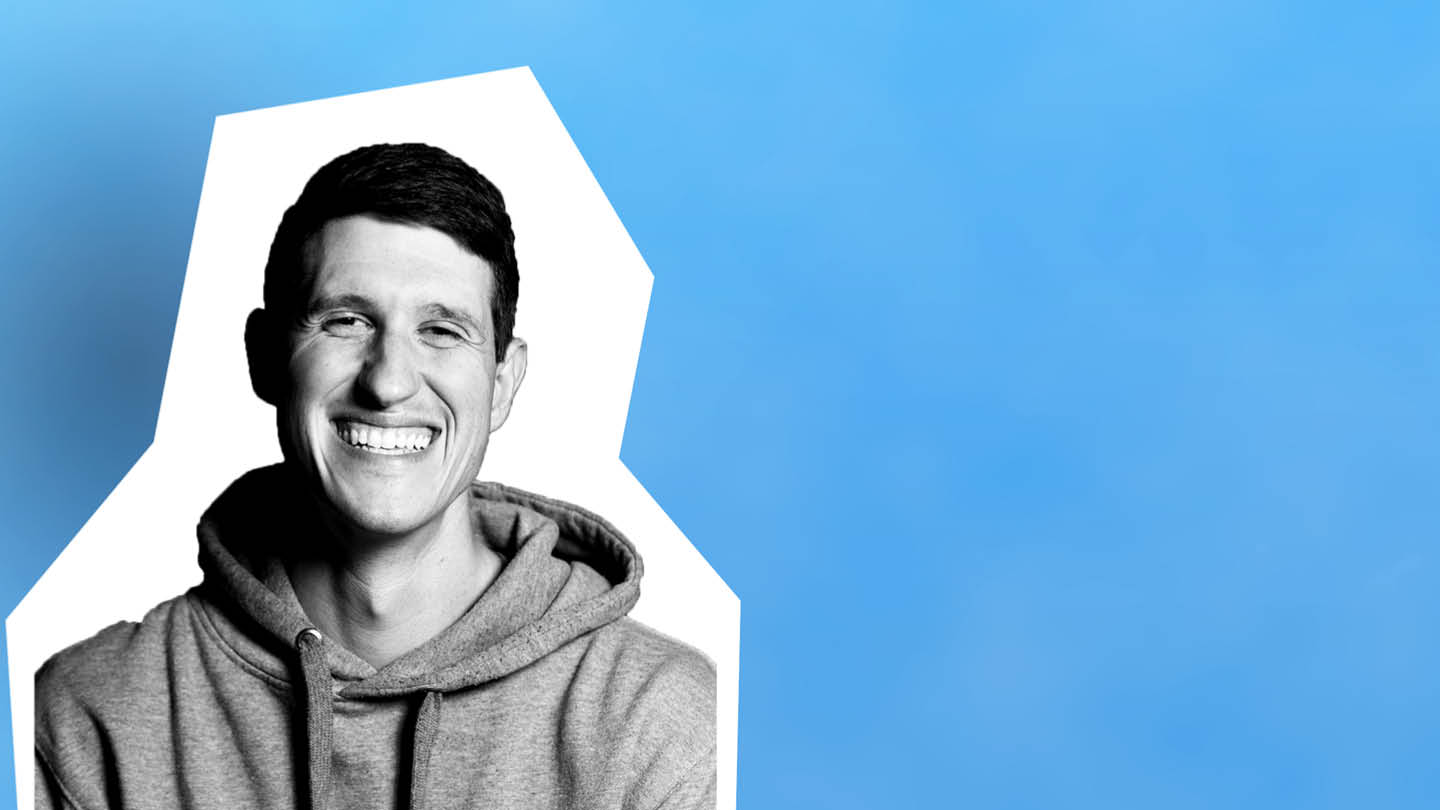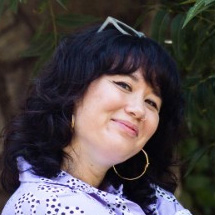Justin Simon started his marketing career as an intern at a software company, where he stayed for 10 years and eventually ran the content marketing strategy. Over time, he collaborated with experts across fields and subjects, whether they were YouTube video specialists, bloggers, social media folks or so on.
But after leaving for a startup, Justin learned firsthand many of the challenges marketers grapple with.
“There was a big difference between managing the content team, where I had experts in each field,” Justin explains, “and joining the startup, where I was marketer No. 3. I was suddenly in charge of doing everything. What that really formulated in my mind was this idea of having to get more out of what we were doing and maximize our efforts.”
Now, as founder of Distribution First, a concept marketing membership platform, Justin helps marketers amplify their content. He wants to help people do great work while avoiding burnout — or, as he puts it, get marketers off the dreaded “content treadmill.”
The Content Treadmill: How Did We Get Here?
Do you feel like you can’t stop chasing the next content to-do? As soon as you’re finished with one project, there’s something else right in front of you that you’re running toward. There’s always another carrot dangling in front of you, and you can’t stop running or you’ll never catch up to it.
Reader, you might be stuck on the content treadmill.
Of course, we should always be progressing and growing as marketers. The point isn’t to stop moving forward. Rather, Justin wants people to feel like they’re taking purposeful steps that lead somewhere—not just running around in circles.
But how did this even start?
“If we look at it from a macro level, marketers have generally been trained up in an SEO world, or at least for my generation of content marketers,” Justin says. “Traditional companies think of blogging when they think of content marketing. You do a blog, and there are evolutions on that, but the only publishing platform is your website.”
That creates incentives to churn out content and chase traffic, always having something new for people to see when they visit your site.”The problem is, that’s not how it works anymore,” Justin adds. “People don’t hang out on your website every day. It’s actually the last place somebody wants to hang out with you.”
Where people do want to hang out is on social, in email newsletters, on podcasts … basically everywhere outside of your website. We need to think about how people consume content today and figure out how to show up there.
This requires a total mindset shift so content creation matches content consumption.
The Distribution First Playbook
“For most people, distribution is a complete afterthought,” Justin emphasizes. His goal: To have you do the opposite and think of distribution first, before you do anything else. (It’s right there in the name, people.)
Thinking about distribution first means you have to think ahead about not only your content, but also the key messages that you want to get out there.
Answer this question: What do you want your brand to be known for by the end of this year? Take this seriously. Get all your stakeholders involved in answering the question. Whatever your answer, that becomes the high-level goal that guides everything else. This informs what channels you’ll distribute to, the messages you’ll push on those channels, and the formats you’ll use for those messages.

When you think about content this way, you can trust that every single thing you do ties back to that overarching message you want out in the world.
Compare that to a more typical approach to content marketing. Here, sales might be looking for one piece of content, while a high-level executive wants something else created, and a third team is asking for an entirely different project. You’ve got 12 different messages going out in the world simultaneously. People inside and outside the company are confused — and you’re running full speed on that content treadmill.
The Distribution First playbook is designed to be more cohesive and intentional! It also gives you a way to effectively evaluate new content priorities.
For example, if leadership asks you to do a webinar, and the topic doesn’t make sense to you, look back to the guidelines you all agreed on. Clarify whether this event actually fits into that. If it doesn’t, ask why it should be a priority.
Repurposing Ain’t Easy
Repurposing content is a straightforward way to maximize your content efforts, and Justin’s been talking about this topic for years. And yet, seeing repurposing pushed so hard lately isn’t entirely positive news. Yes, it’s great that more people are aware of repurposing, but Justin points out that it’s presented as a super-easy solution when it’s not.
“Even though you’re not creating new content, you are still creating content. Sometimes, cut-up content takes way more work and effort!” Justin says. “To write a really good LinkedIn post that gets engagement and that people enjoy, I would argue, takes more work than a blog post.”
Taking a bigger piece of content and cutting it up into pieces requires thoughtfulness and hard work, yet Justin says “people want the ‘easy’ button to make their content explode, and that’s not really how it works.”
Take YouTube, for example. You might be uploading YouTube shorts based off a longer video or webinar, and that’s a great start. But you’re probably not going to go viral immediately.
“Your YouTube content is going toe-to-toe with MrBeast, whether you like it or not,“ Justin says. “He is also on that platform creating amazing content. Your LinkedIn post could get sandwiched between two of the best individual thought leaders in your category. And yours is not gonna stand out. Your content is not in a vacuum against just your competition. You’re competing for attention.”
Our recent conversation with Joe Pulizzi struck a similar tone about the power of niches for standing out. Don’t be afraid to get super-specific with the content you create. “There’s more niche content now,” Justin says, “but I think that should be encouraging to people. Find your niche, and then get more out of your content after you hit ‘publish.'”






